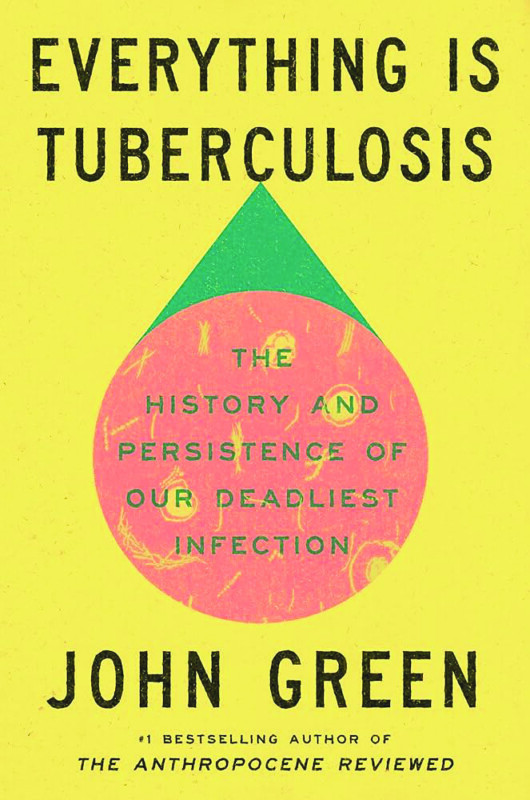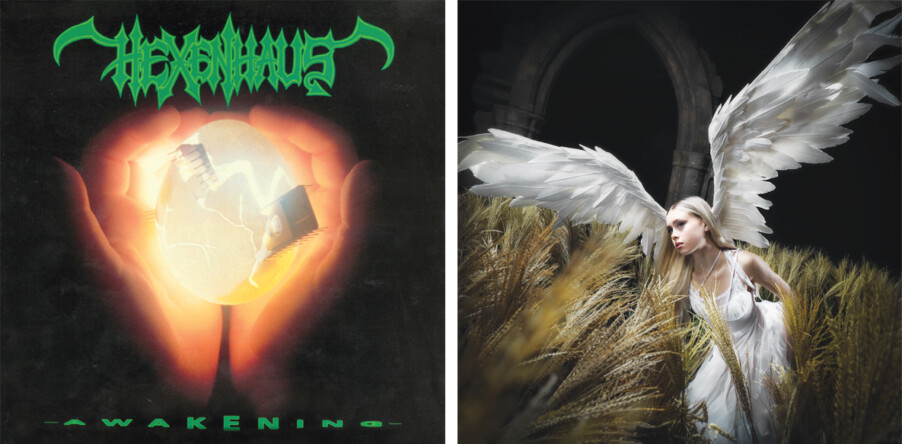Tribute act opens with original rock
One of many tribute acts to form in the aftermath of Ronnie James Dio’s death in 2010, Seattle band Rising moved from imitation to emulation six years ago. Renamed RivetSkull, with singer Chad McMurray, Mark Plog on guitar, bass player Michael Robson and Mark Hopkins on drums, began playing out, and released an album of original songs in 2022.
Trail of Souls: Samsara and 2024’s follow-up Absence of Time hewed musically to the spirit of Dio’s career, which ranged from Rainbow to Black Sabbath and finally the eponymous group he led until stomach cancer claimed him. For example, the roiling, frenetic “Hellbound,” which opens their most recent LP, has clear Sabbath and Dio influences.
While they enjoy playing original material, in the time since switching over, RivetSkull has considered returning to Dio’s music. Recently they found a solution that works on both fronts: opening with their own songs, then doing an extended set of tribute music. On May 3, they’ll appear at Rock n Roll Meatballs in Manchester.
As Chad McMurray explained in a recent phone interview, “basically [we] open for ourselves, let people experience what RivetSkull is as an original band, and then also treat them to something that we did pretty well at,” he said, “which was the music of Ronnie James Dio.”
The decision was both artistic and practical, McMurray continued. “We were joking occasionally about doing a Dio show again. We started running through some of the songs again, and it was like, man, this feels pretty good, you know? And so we said, hey, well, what if we do a thing where we go out and basically try to do two things?”
They did a couple of test market shows, “and people showed up,” he continued. “So we’re like, ‘hey, OK, this could be fun.’ We can actually kill two birds with one stone, and keep Dio’s music and legacy out there live a little bit for people that never got to ever experience that, and turn people on to what we’re doing.”
The business part made even more sense for the indie metal band.
“It’s tougher to make a splash these days … get attention, get publicity, get people to show up at a show even, especially if you’re not on a label or being promoted,” he said. “But tribute acts have always managed to do fairly well. I’ve done a fair amount of those over the years.”
In addition to Rising, McMurray, who studied Bel Canto opera with the maestro who trained Ann Wilson, Geoff Tate and Layne Staley, played Bruce Dickinson in a band called Maiden Seattle. He began in the tribute world singing and playing bass as Geddy Lee in a Rush-centric band.
He also spent two decades playing bass, keyboards and mandolin in a Led Zeppelin tribute act. “John Paul Jones, as most people know, is the unsung hero of the band. So it was always fun to chill out and do the role that he did,” he said. But the multi-instrumentalist enjoys the spotlight.
“I love being out front as well,” he said. “When I got back into the singing as more of a full-time gig of what I do, then it was like, OK, the bug came back and I’m fine. I love interacting with the crowd, and I love keeping my vocal chops up.”
The upcoming show isn’t a complete revival — the pivot from RivetSkull to Dio is different from their Rising days. “Back when we were doing the tribute, we were trying for a reenactment of the stage show … we built sets,” he said. “This time, it’s just us doing our thing, and then giving a kick-ass night of music.”
Asked for the story behind the band’s moniker, McMurray said guitarist Plog chose RivetSkull. “That was his baby,” he said. “To him, it was … synonymous with metalhead; he always wanted to have a band called that. When we decided to branch off and do the original thing, he said, ‘Hey, what do you think about this name?’ and I’m like, ‘Yeah, let’s go for it.’”
Dio Celebration: RivetSkull Performs Ronnie James Dio Classics
When: Saturday, May 3, 8 p.m.
Where: Rock n Roll Meatballs, 179 Elm St., Manchester (formerly Angel City Music Hall)
Tickets: $20 at eventbrite.com
Featured photo. RivetSkull. Photo by Savoia Photography Live.






